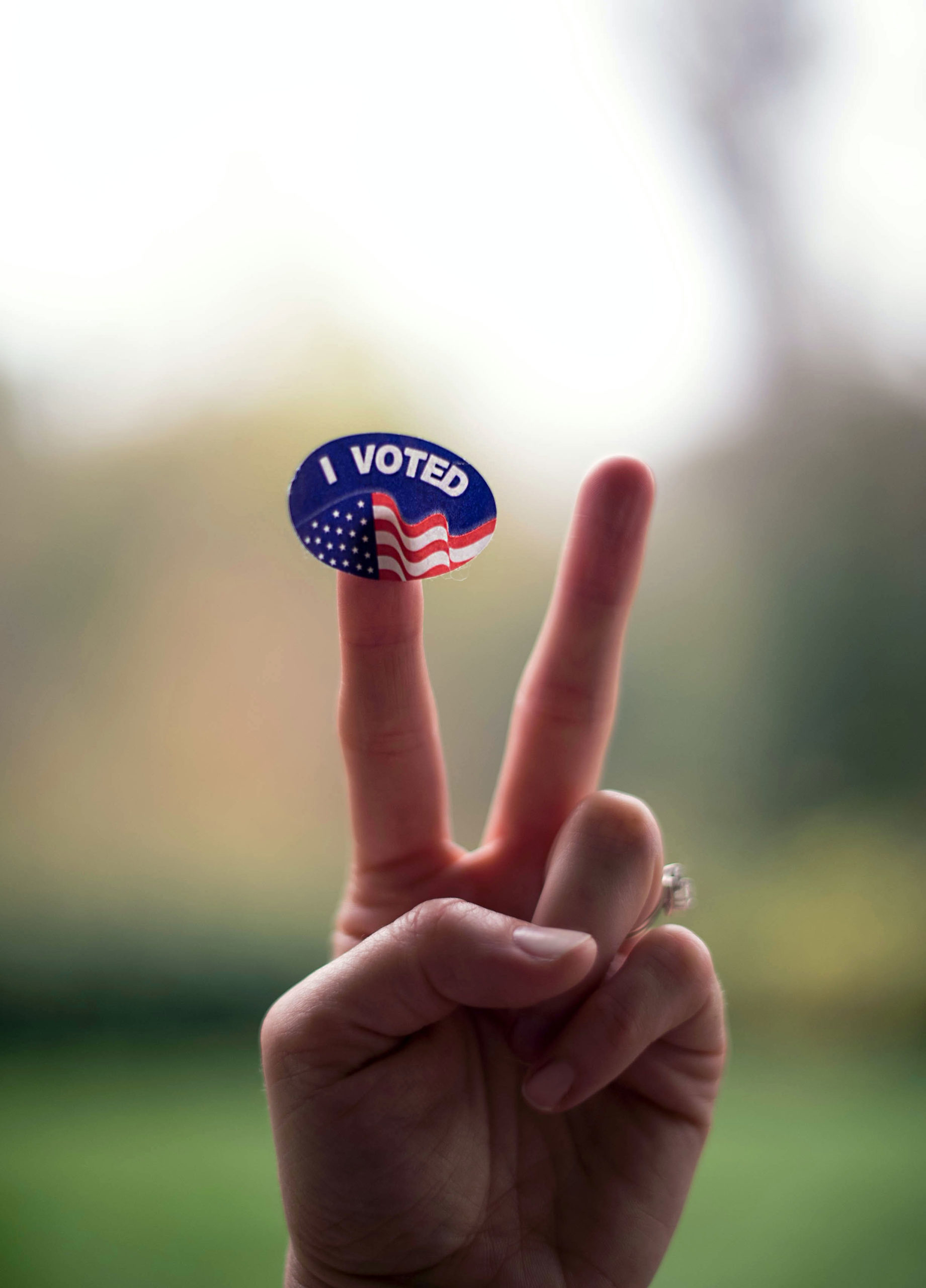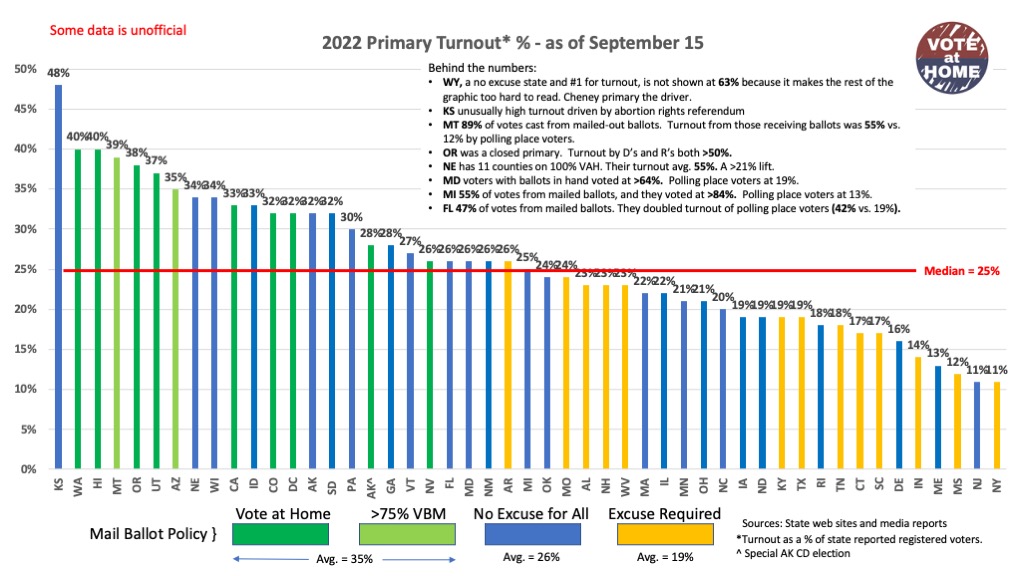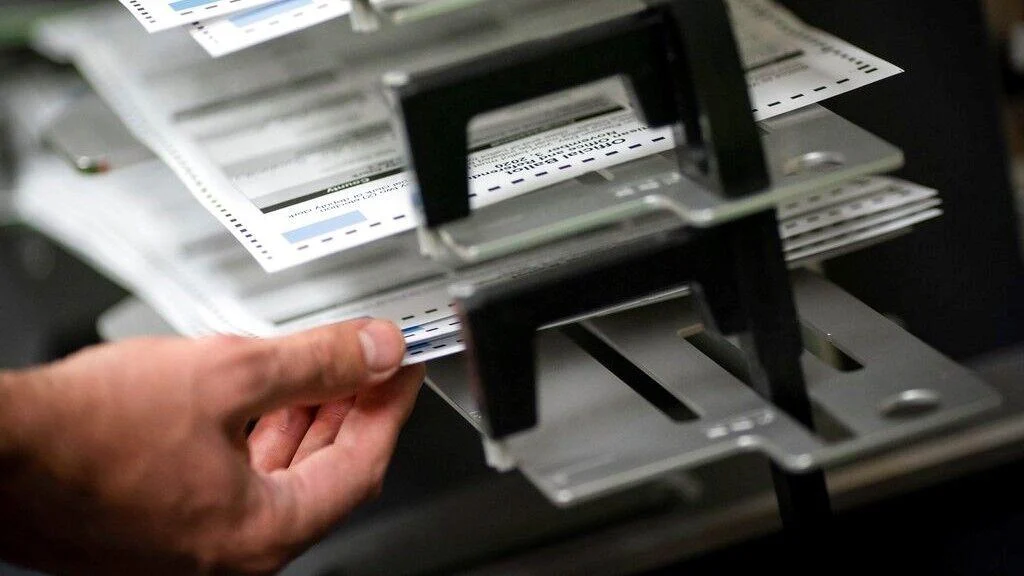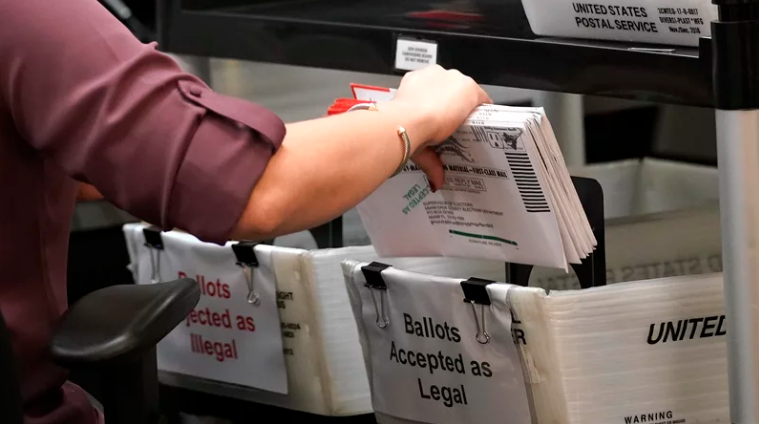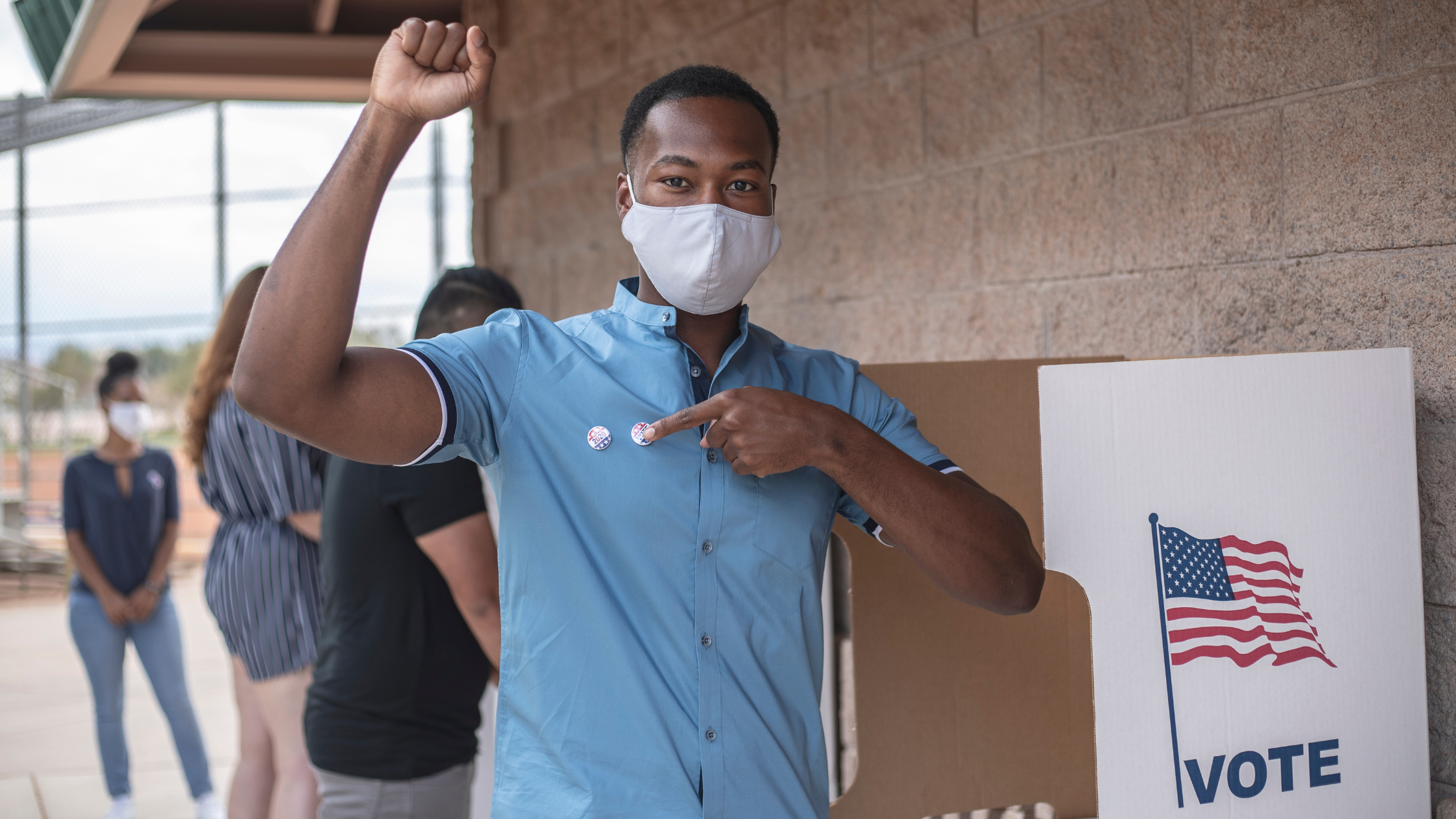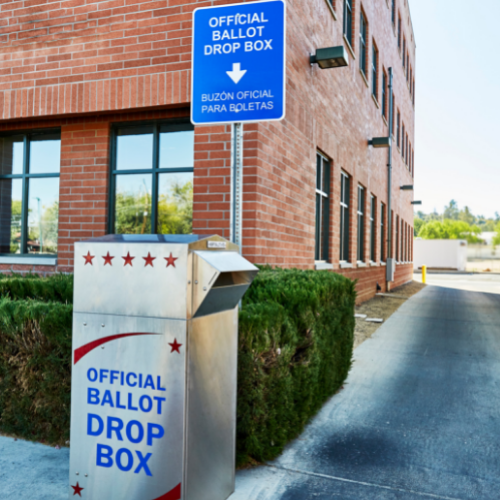In this research, we examine the difference between five vote-by-mail policies in place in the 2018 midterm elections. We use statistical modeling to understand the effects of different vote-by-mail policies nationwide and estimate what might have changed in 2018 based on different voting systems. In general, we find that turnout increases as states move along the vote-by-mail policy continuum, removing administrative obstacles for voters in the process. Additionally, turnout gains are largest when counties progress several steps from more restrictive policies to less restrictive policies, and the Vote at Home policy has the most potential to impact young voters.
Cost of Voting in the American States: 2022
(Election Law Journal) — A recent nonpartisan academic study that ranked all 50 states based on the amount of time, energy, and resources people must make to vote was released this week. To no surprise, of the top 10 states for ease of voting, eight are the nation’s only states conducting full vote-at-home elections in 2022, during which all voters will automatically be mailed ballots for the upcoming midterms. As for the bottom 10 states, seven require their voters to attest to a valid excuse in order to obtain a mailed-out ballot.
Mail Ballot Voters Turnout at Higher Rates than Polling Place Voters
Since 2020, mail-ballot use has been on the rise across the U.S., resulting in more voters having access to the ballot box. The 2022 primary elections were no exception.
Examination to Tabulation: Ballot Pre-processing Policies Explained
In this explainer, Bipartisan Policy Center and National Vote at Home Institute focus on the states that allow election workers to run ballots through scanners before Election Day. This policy provides the most preparation for tabulation, which occurs after polls close on Election Day and before the release of unofficial results. By understanding the benefits of this policy along with other ballot pre-election processes (ranging from verifying signatures to curing ballots), policymakers can expedite the release of unofficial election night returns, mitigating the harmful impacts of election mis- and disinformation.
Effect of Mail Applications and Ballots in Nebraska’s 2020 General Election in
In this research prepared for the National Vote at Home Coalition, researchers find that full vote-at-home precincts in Nebraska experienced as much as 4.6 percentage points of greater turnout than polling-place precincts. In addition, automatically mailing absentee ballot applications to all voters helped increase turnout across the state.
Ensuring All Votes Count: Reducing Rejected Ballots
“This brief studies trends in mail ballot rejection rates in 2020 compared to previous years and how different factors, including sets of policies and policy changes, the political environment, and voter outreach, may have contributed to these changes in an extraordinary election year. Our main findings include:
- Mail ballot rejection rates decreased in most states in 2020 compared to 2018, and a number of states saw a consistent drop from 2016 to 2018 to 2020.
- Certain states that adapted their voting laws to make mail voting more accessible in 2020, particularly in the South, saw especially pronounced changes in rejection rates.
- In North Carolina, rejection rates vary from county to county. Previous studies of other states’ rejection rates found similar trends.
- States that implemented mail ballot policies, including ballot curing, increased ease of access when returning mail ballots at boards of elections, early voting sites, drop boxes, and ballot tracking, saw lower rejection rates than those that didn’t, though we caution against assuming a causal relationship.
- Previous academic and advocacy research suggests that voters of color, young voters, and first-time voters are disproportionately more likely to have their mail ballots rejected.”
Vote by Mail in 2020 and Our Collective Opportunity in 2022
“The 2020 elections presented unique challenges and opportunities that fueled a meteoric rise in the use of vote-by-mail (VBM). Since the 1800s, absentee ballots by mail have been part of our democracy. For most of that history, voters were typically required to provide an excuse for casting an absentee ballot. But in the 1980s, California introduced an expansive policy that opened VBM to all voters. By 2016, 27 states adopted a similar voting policy. By 2020, hastened by the COVID-19 pandemic, 34 states allowed voters to request mail ballots without providing an excuse. Deliver My Vote Education Fund (DMVEF) examined VBM trends in five key states (Florida, Michigan, Pennsylvania, Georgia, and Wisconsin) from 2016 to 2020 to understand this massive shift in VBM use. Voters of all backgrounds embraced VBM as a safe way to vote during the pandemic, while also realizing the remarkable convenience.”
Evaluating Mail-Based Security for Electoral Processes Using Attack Trees
Since the reports of Russian interference in the 2016 United States General Election, the security of voting processes has received increased attention from both state and federal authorities. The declaration by the U.S. Department of Homeland Security in January 2017 that election systems be classified as the seventeenth component of critical infrastructure is just the beginning of a need for more secure voting processes. More recently, the COVID-19 pandemic and the 2020 U.S. General Election has placed greater emphasis specifically on mail-based voting processes for electoral systems. The objective of this research is to provide greater insight into potential threats to mail-based voting processes.
Vote at Home Policy and the 2020 Presidential Election
A recent study of mail-ballot use and voter participation found that turnout increased an average of 5.6% during the 2020 presidential election in states that mailed a ballot to every registered voter. The effects of mail-ballot delivery were even greater in jurisdictions with historically low mail-ballot usage, boosting turnout by as much as 8%.
Prepaid Postage Using Pre-stamped Envelopes to Affect Turnout Costs
Research on the effects of prepaid postage on voter participation in Switzerland found a modest increase in turnout between 1.1 and 1.3 percentage points.

